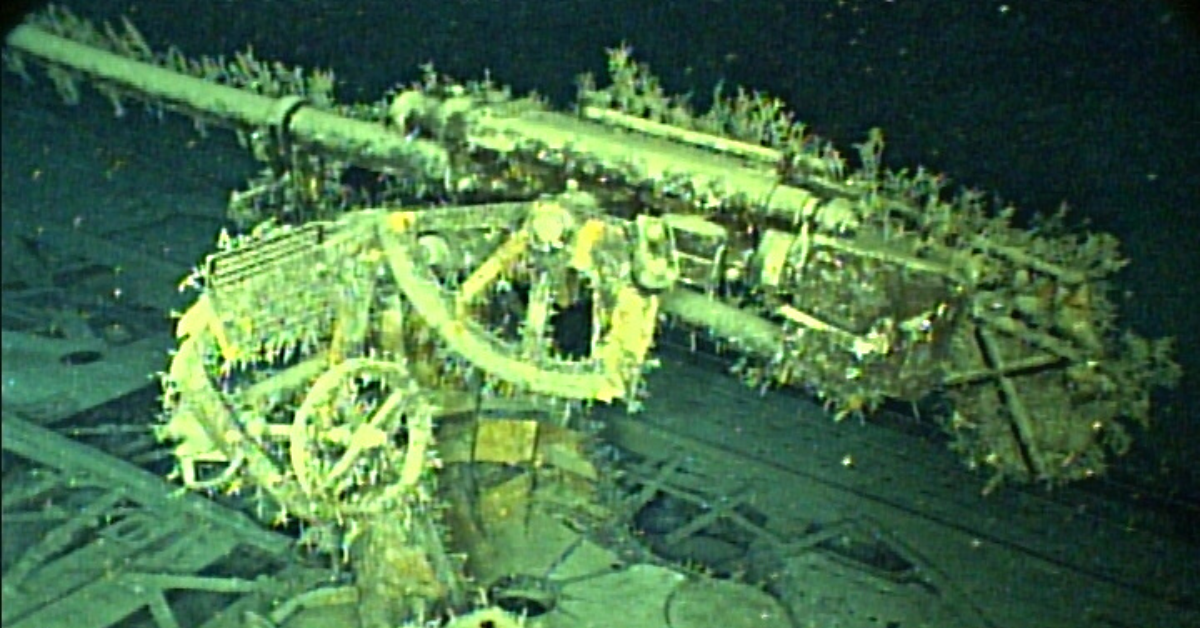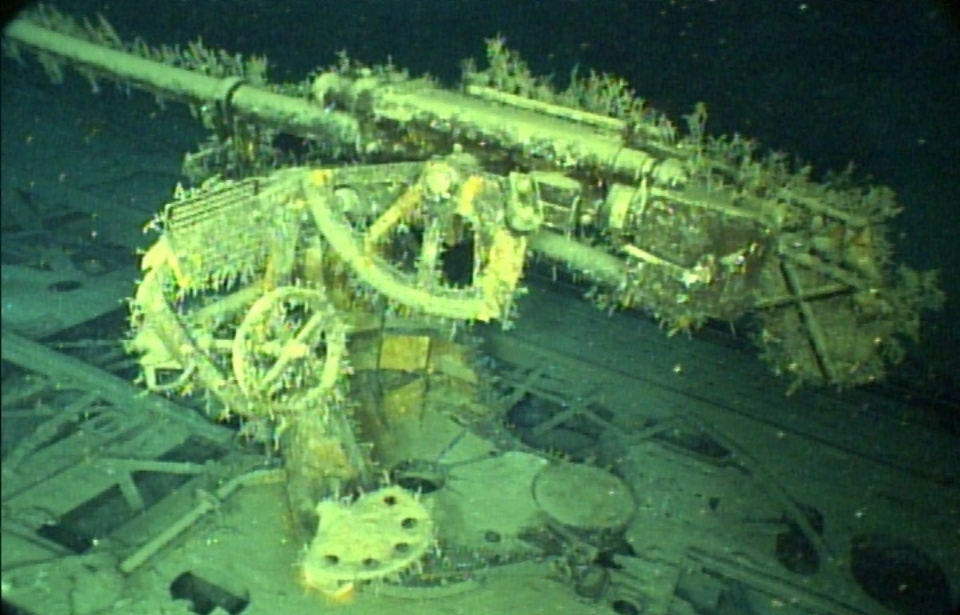In World War II, German U-boats prowled the Gulf of Mexico, with 23 of them launching deadly attacks that claimed many Allied ships. However, just a single submarine—U-166—was actually sunk by American forces. Though its mission in the Gulf was short-lived, it was ultimately destroyed by a U.S. warship, an outcome the Navy itself questioned for years.
Commissioned in March 1942 at the height of the Second World War, the Type IXC U-166 joined the Kriegsmarine‘s 4th U-boat Flotilla for training before moving to the 10th Flotilla for combat. Initially operating near the British Isles, it shifted to France and then embarked across the Atlantic to the Gulf of Mexico.
During its short but deadly patrol, U-166 sank four ships: the Dominican schooner Carmen, the SS Oneida, the fishing vessel Gertrude FV, and most notably, the passenger ship SS Robert E. Lee (1924). The attack on the Robert E. Lee set in motion the submarine’s destruction.
On July 30, 1942, U-166 struck the Robert E. Lee with a torpedo near the mouth of the Mississippi River, sending the ship to the bottom. In response, the escort ship PC-566, commanded by Lt. Cmdr. Herbert G. Claudius, launched a swift counterattack with depth charges. Claudius reported successfully sinking the submarine, but Navy brass were skeptical of his claim. Rather than receiving recognition, Claudius was reassigned to an anti-submarine warfare training command, his victory unconfirmed for decades.
On the very same day the Robert E. Lee was torpedoed, a U.S. Coast Guard Grumman J4F-1 Widgeon patrol plane spotted a German U-boat lurking off the Louisiana coast. The crew dropped depth charges and reported a direct hit, but at the time the Navy dismissed the claim. With no wreck to confirm the kill, U-166 and its 52 crewmen were simply listed as “missing in action.”
For decades, the sub’s fate remained a mystery. That changed in 2001, when researchers scanning the seafloor near the wreck of the Robert E. Lee made a stunning discovery. Just two miles away, resting 6,650 feet below the surface, lay the remains of U-166. Though partially buried in silt, its conning tower and deck gun were unmistakable.
Since the submarine still held the remains of its crew, it was designated a protected war grave.
A more detailed survey in 2014 finally revealed what likely happened that day. Damage to the forward section suggested a depth charge had struck the sub’s deck, setting off its own torpedoes in a catastrophic chain reaction. In the end, the Coast Guard crew had been right all along—their attack sealed the fate of U-166 and her entire crew.

As a result of this new information, it was determined that PC-566 had actually been responsible for the U-boat’s loss. Claudius was posthumously awarded the Legion of Merit with Combat “V,” with then-Secretary of the Navy Ray Mabus saying, “Seventy years later, we now know that [Claudius’s] report after the action was absolutely correct. [Claudius’s ship] did sink that U-boat, and it’s never too late to set the record straight.”
More from us: Naval Aviators Graffiti Jet Fighter After Pilot Lands On the Wrong Aircraft Carrier
U-166 holds the distinction of being the only U-boat to have ever been lost in the Gulf of Mexico.
